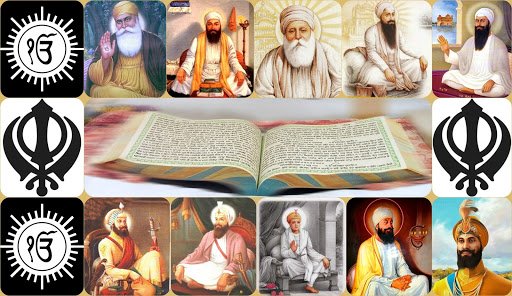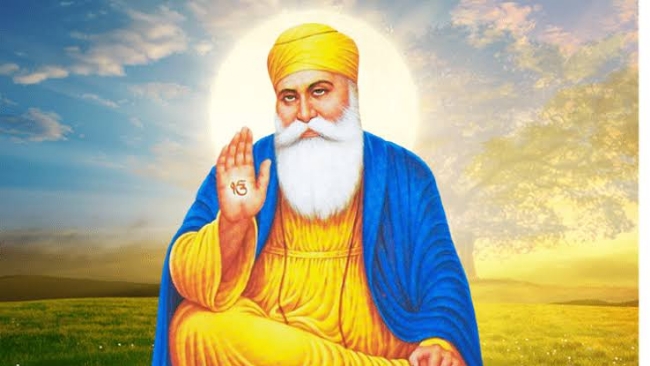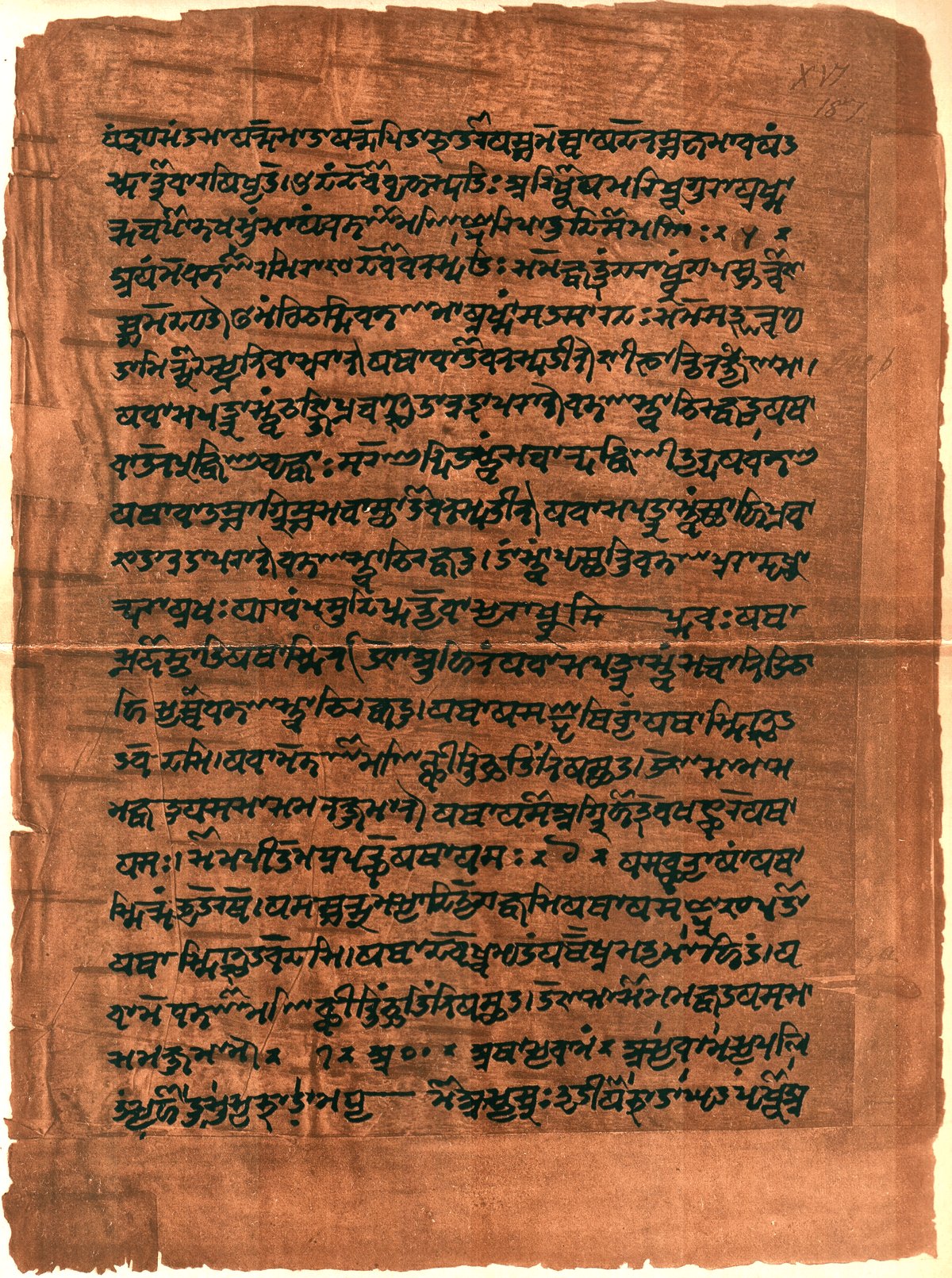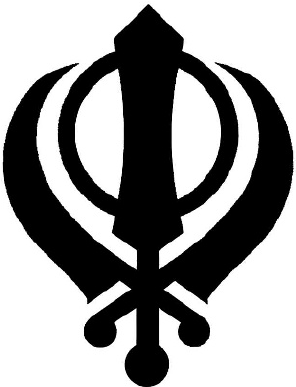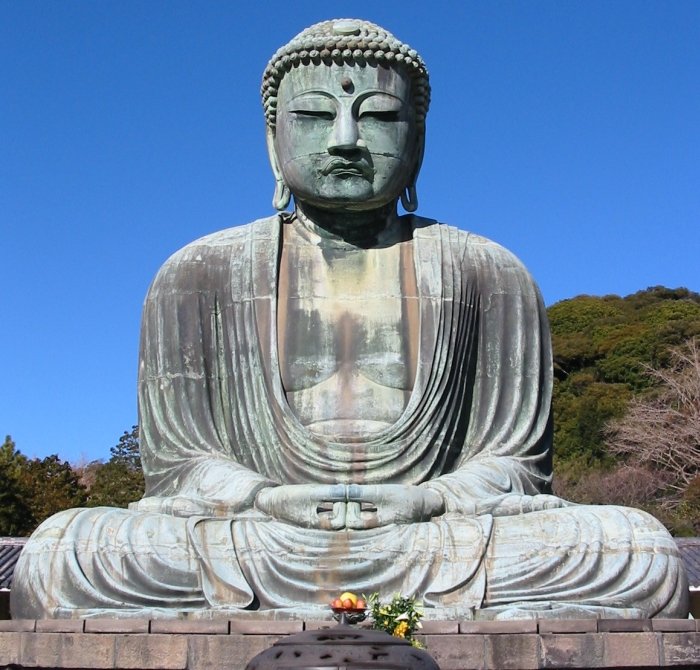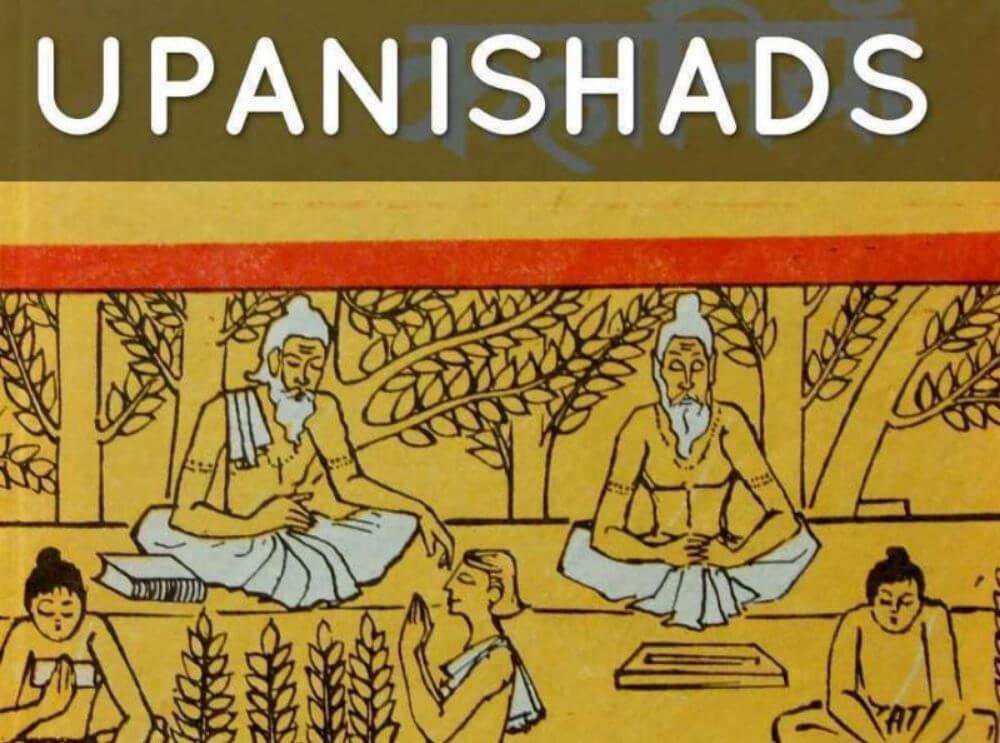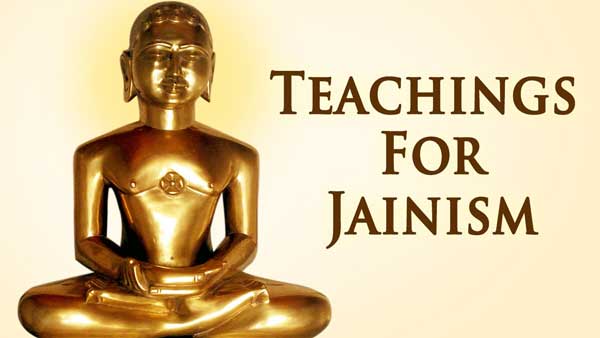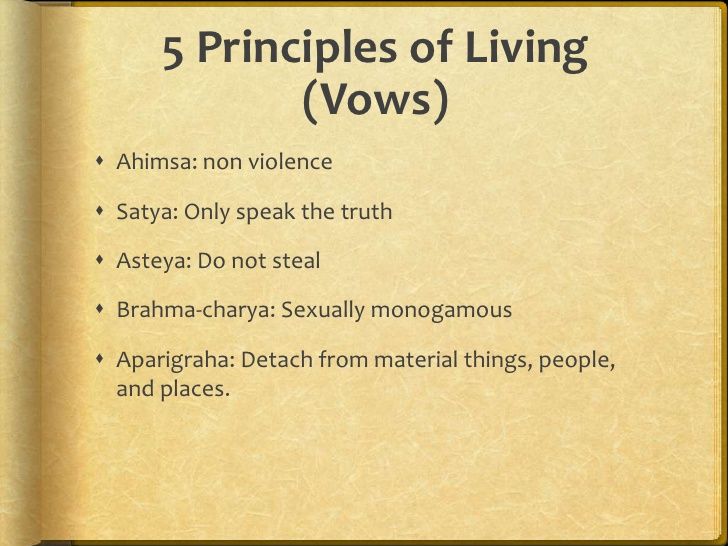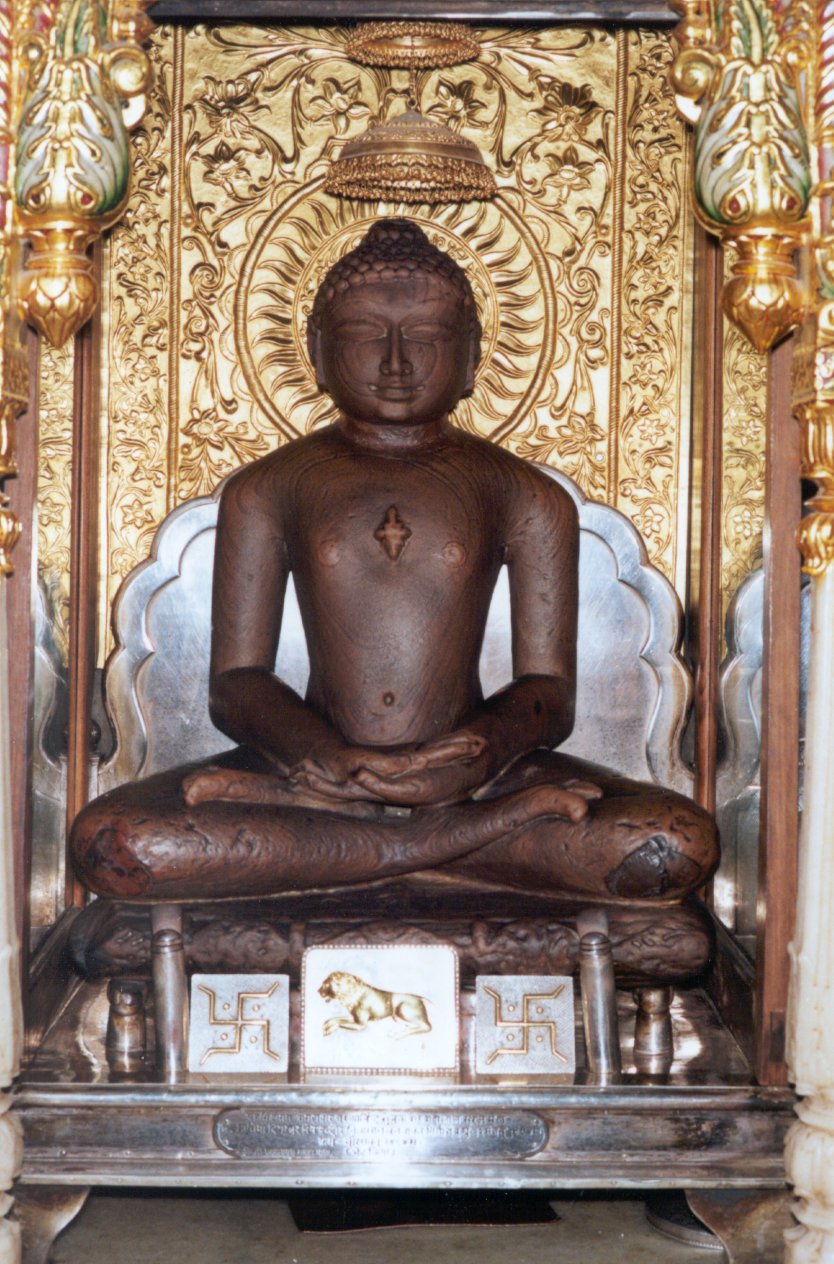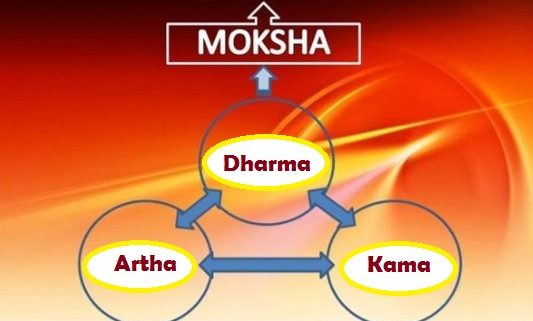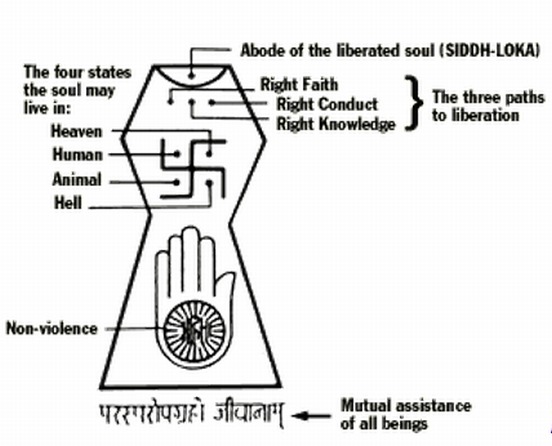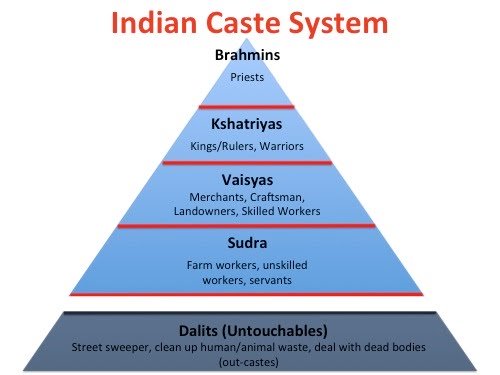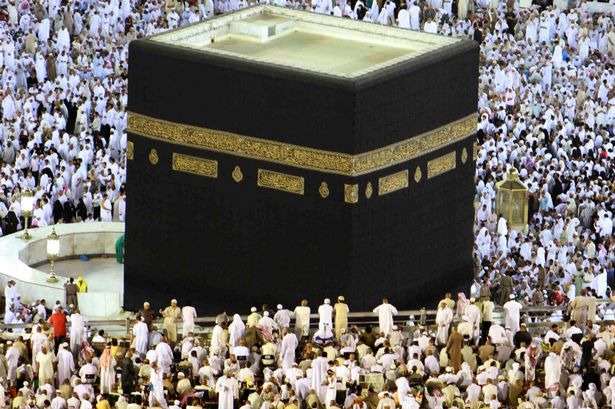- Home
- Religions in India
- Sikhism
- Sikh Gurus
Sikh Gurus
Sikh Gurus
Sikh Gurus are the spiritual leaders and messengers who established Sikhism over a course of period. The era of Sikh Guru’s started from 1469 with the birth of Guru Nanak Dev till the death of Guru Gobind Singh Sahib in 1708. Guru Gobind Singh who is the tenth Guru passed the Guruship to the holy scripture Guru Granth Sahib. Sikhism is the monothestic religion which was founded in the 15th century by Guru Nanak Dev Ji in the Punjab region of India.
Update on coronavirus in India
Guru Nanak Dev:
Birth: 15th April 1469
Guruship: 1469
Death: 22nd September 1539
Successor: Guru Angad
Guru since his birth from 15th April 1469 to 1539.
Guru Nanak was born in Nankana Sahib in Punjab Province in Pakistan. His father was Kalyan Das Bedi and mother was Mata Tripta. He is the founder of Sikhism and is the first of ten Gurus. His birth anniversary is celebrated as Gurupurab world wide with great enthusiasm. Read more about Guru Nanak
Guru Nanak composed many hymns during his life span. These hymns were collected in Adi Granth by the fifth Guru Arjan.
Guru Angad Dev:
Birth: March 1504
Guruship: September 1539
Death: March 1552
Predecessor: Guru Nanak
Successor: Guru Amar Das
Guru Angad Dev was born on 31st March 1504 in Muktsar Punjab India. He is the second sikh Guru and was born to a Hindu family. His father was Pheru Mal Ji and mother was Mata Ramo. His birth name was Bhai Lehna. At the age of 16, Angad was married to a katri girl Mata Kivi in 1520. They had two sons and a daughter.
Earlier Lahna was a worshiper of Goddess Durga. One day after hearing the hymns of Guru Nanak, Bhai Lehna was very impressed with the hymns and decided to travel to Kartarpur village to meet Guru Nanak and take his blessings.
Before the passing of Guru Nanak in 1539, he renamed Bhai Lehna as Angad and made him his successor. After his succession very few people accepted him as Guru. Guru Angad left Kartarpur village and moved to Khadur Sahib. Even though Guru Nanak sons claimed themselves as successors of Guru Nanak, Guru Angad focused on spreading the teachings of Guru Nanak through charitable work like Langar.
He became Guru on 7th September 1539. Guru Angad Dev is credited in the sikh tradition for the creation and standardization of the Gurumukhi script. He also composed around 63 salokas which were included in the Guru Granth Sahib. He also popularised and expanded the langar facility in the Gurudwaras.
Guru Amar Das Sahib Ji
Birth: May 1479
Guruship: April 1552
Death: September 1574
Predecessor: Guru Angad
Successor: Guru Ramdas
He is the third sikh guru. He was born on 5th May 1479 in Amritsar Punjab. His father was Tej Bhan Bhalla and mother was Mata Lacmi. He became Guru on 26th April 1552 at the age of 73 and remained as Guru till the age of 95. Before he left for heavenly abode he named his son in law Bhai Jetha later came to be known as Guru Ram Das Sahib as his successor.
Guru Amar Das Sahib was married to Manasa Devi and they together had four children. They were named as Bhai Mohan, Bhai Mohri, Bibi Dani and Bibi Bhani. Amar das was a follower of Vaishnavism tradition for a greater part of his life. One day Amar Das heard a hymn which was recited by Bibi Amro who was the daughter of Guru Angad. He was very much pleased by the hymns and decided to meet Guru Angad with the help of his daughter who was reciting those hymns.
After meeting Guru Angad, Amar Das became his follower and in the year 1552 before Guru Angad’s death he made Guru Amar Das Sahib as his next successor.
He further strengthened and expanded the Langar system. He worked towards social equality irrespective of caste, rich or poor. He made everyone rich or poor to have langar sitting in one place. He has composed nearly 900 hymns which are incorporated in Guru Granth Sahib.
Guru Amar Das Ji abolished the caste system and gave equal status to women along with men. He even criticised the practice of Sati, Parda system and encouraged widow remarriage.
Goindval became an important region during Guru Amar Das Ji period. He inaugurated a 84 step well called as baoli here. He stayed in this place for 33 years and opened a new centre to spread the preachings of Sikhism. Goindwal is on the banks of River Beas. This is the same place where Guru Amar Das Ji met Guru Ram Das Ji, his next successor.
Guru Ram Das Sahib-Fourth Sikh Guru
Guru Ram Das Sahib Ji
Birth: October 1534
Guruship: September 1574
Death: September 1581
Predecessor: Guru Amar Das
Successor: Guru Arjan
Guru Ram Das Sahib Ji is the fourth Sikh Guru. He was born on 24th September 1534 at Lahore Punjab. His father was Baba Har Das and mother was Mata Daya. His birth name was Bhai Jetha. His parents died at a very young age when Jetha was just 7 years old. Thereafter he grew up with his maternal grandmother in a small village.
When Bhai Jetha was 12 years old he moved to Goindval along with his grandmother. There he met Guru Amar Das and married his daughter Bibi Bhani Ji. Bhai Jetha was an ardent follower of Guru Amar Das. Guru Amar Das instead of choosing his own sons as successor chose Bhai Jetha as his successor.
Bhai Jetha was named as Guru Ram Das and became the Guru of Sikhism in 1574 and served as a leader of sikh community for seven years. Guru Ram Das composed around 640 hymns which are present in Guru Granth Sahib. He composed his poems in 30 different ragas. His compositions are sung daily in the Golden temple. Guru Ram Das along with Guru Amar Das introduced a distinct marriage code by composing four hymns known as Laava. He urged all the sikhs to solemnize their wedding by reciting these four hymns
Guru Ram Das founded the Holy city of Amritsar and started building Harminder Sahib (Golden Temple) which is one of the sacred temples for Sikhs. The golden temple has four entrances all round the place which means it is open to people from all castes, language and religion. Guru Ram Das chose his youngest son Guru Arjan as his successor.Guru Ram Das remained Guru for seven years until he passed away in 1581.
Guru Arjan Dev Ji:
Birth: April 1563
Guruship: September 1581
Death: June 1606
Predecessor: Guru Ram Das
Successor: Guru Hargobind
He is the fifth of the ten Gurus in Sikhism . He was born in Goindval village on 15th April 1563 and became Guru on 16th September 1581. He was born to Guru Ram Das and Mata Bhani. He was the first Sikh Guru to be Martyred. He was married to Mata Ganga Ji on 19th June 1589.
Guru Arjan Dev Ji initiated the compilation of the Holy book, Adi Granth. He compiled the hymns of previous Sikh Gurus and formed the Adi Granth which later came to be known as Guru Granth Sahib. He himself contributed around 2218 hymns to Guru Granth Sahib. He completed the work of his father by completing the construction of Harmandir Sahib in Amritsar. He is also known for installing the Adi Granth in Harmandir Sahib.
Guru Arjan was arrested by the Mughal leader Jahangir and was asked to convert to Islam. When Guru refused to convert he was tortured and executed in 1606 CE. however it is not clear whether Guru Arjan died of torture or executed by drowning. The day is remembered as Shaheedi Divas in the month of May or June.
Guru Har Gobind Sahib
Birth: 19th June 1595
Guru: 11th June 1606
Predecessor: Guru Arjan
Successor: Guru hari Rai
Guru Hargobind is the sixth guru of the ten gurus in Sikhism. He was born on 15th June 1595 at Wadali district. His parents were Guru Arjan Dev and Mata Ganga. He had three wives Damodari, Nanaki and Mahadevi. He had children from all the three wives. Guru Tegh Bahadur, his son who became the ninth guru was from Mata Nanaki.
He became guru on 25th May 1606 at a very young age of eleven years. Due to the death of his father by the Mughal ruler he started the training of martial practice for Sikhs and became a powerful warrior who taught the Sikh community the martial practice. Guru Hargobind wore two swords which were known as Miri and Piri. Jahangiri thought that Guru Hargobind was a threat to him and the Mughals. Hence Jahangir jailed Guru Hargobind for 14 years.
Even in jail his Sikh faith only increased and intensified. It is not clear why Guru Hargobind was finally released from Jail. However after release from jail Guru Hargobind strengthened the military and re consolidated the Sikh community.
Guru Hargobind built a fortress in Amritsar which was called Lohgarh. He instilled the will to fight in his followers. He had his own flag and war drum which was beaten twice a day. He built Akal Takht in front of Harmider Sahib in 1606. There he sat on a raised platform. It was built as a place of justice and was used to decide temporal issues. He was the first guru to have fought many battles to protect human rights.
He nominated his grandson Guru Har Rai Sahib as his successor and died in 1644 at Kiratpur Sahib. It was a small town located near River Sutlej where the Guru was also cremated on the banks of the rivers which is now known as Gurudwara Patalpuri Sahib.
Guru Har Rai Sahib Ji:
Born: 16th January 1630
Guru: 19th March 1644
Died: 6th October 1661
Predecessor: Guru hargobind
Successor: Guru Har Krishan
Guru Har Rai Sahib is the seventh Guru of the ten Gurus in Sikhism. He was born on 16th January 1630 in Kiratpur Sahib Lahore. His parents were Baba Guruditta and Mata Nihal Kaur. When he was just 8 years old, his father died. He was married to Mata Krishen Kaur with whom he had two children namely baba Ram Rai and Har Krishen. Following the footsteps of his grandfather Guru Hargobind, he became Guru in 1644.
Like his grandfather Guru Har Rai was known for maintaining a large military. He kept around 2200 soldiers all the time. Guru Har Rai travelled to different regions of Malwa and Doab region where he converted local Brars to Sikhism.
The period of Guru Har Rai was relatively peaceful but that did not last for a very long period. Guru Har Rai also had the same problems as Guru Arjan from the Mughals. Auragazeb successfully defeated his brother Dara Shikoh and established himself in Delhi. Dara Shikoh was probably poisoned by his brother hence Guru Har Rai provided all the medical support to him. For supporting a Mughal, some of his followers and their Sikh people questioned him as to why he is supporting a Mughal.
Before his death he appointed his youngest son Guru Har Krishan as his successor.
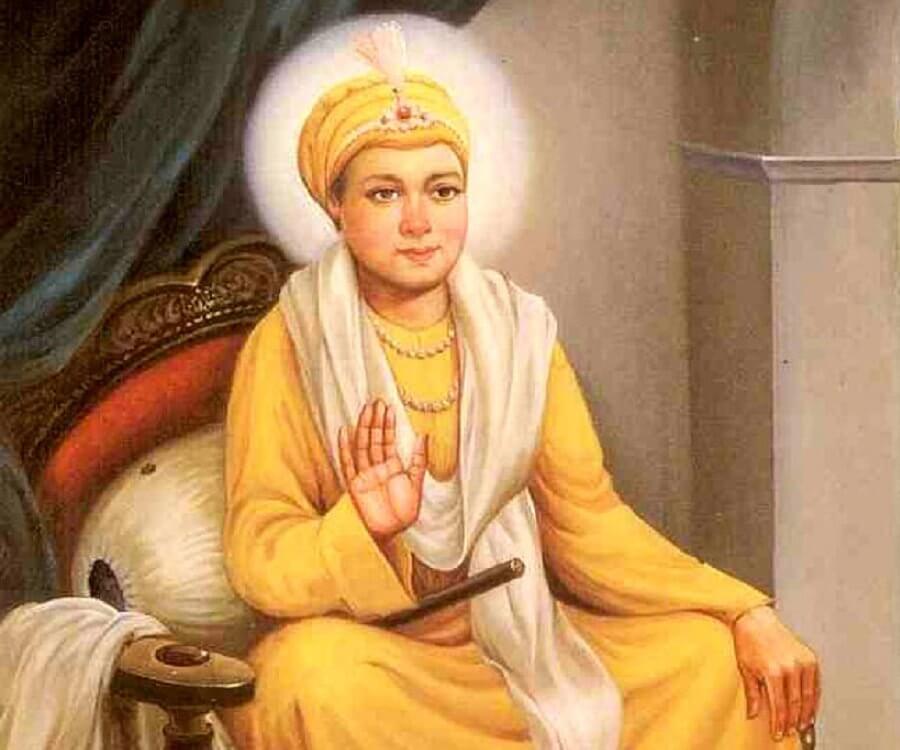
Guru Harkrishan Sahib
Birth: July 1656
Guruship October 1661
Death: March 1664
Predecessor: Guru Har Rai
Successor: Guru Tegh Bahadur
Guru Har Krishan Sahib was the eighth human Guru in Sikhism. Guru Harkrishan Sahib was born on 7th July 1656 to Guru Har Rai and Mata Krishan Kaur. He was born at Kiratpur Sahib, Lahore. He became the youngest eighth Guru at the age of 5 in 1661.. He was the second son of Guru Har Rai (the seventh Guru) and Mata Krishan Kaur Ji.
Even though he became Guru at a very tender age still Guru Har Krishan was very mature and wise beyond his age. He came to be known as Bal Guru and soon became famous among the masses. He displayed great maturity even though he was a small boy Guru Har Krishan had great abilities to explain the hymns of Guru Granth Sahib.
The Mughal emperor Aurangzeb was disturbed by the growing popularity of the young Guru Har Krishan. Aurangzeb asked the Guru to visit his Darbar in Delhi. While travelling to Delhi Guruji visited Ropar, Banur and Ambala. Guru har Krishan used to stop and take a break in between to meet his disciples. On reaching Delhi he was greeted with great respect by Raja Jai Singh and some more Sikhs in Delhi. He stayed in Raja Jai Singh’s palace where hordes of visitors came to see him and to take his blessings.
During 1663 Guru Har Krishan Sahib visited Delhi as Raja’s wife wanted to test his spiritual powers at such a young age. During this time Cholera and smallpox had engulfed the city of Delhi. People were dying because of this epidemic. People went to him for his shelter and protection.
Guru with his spiritual powers asked people to bathe in the lake at Bangla Sahib. The water cured thousands of people who were suffering. Later Guru himself got high fever and succumbed to small pox on 30th March 1664 when he was just eight years old.
Guru Tegh Bahadur Sahib
Birth: April 1621
Guruship: April 1664
Death: November 1675
Predecessor: Guru Har Krishan
Successor: Guru Gobind Singh
Guru Tegh Bahadur was the ninth Sikh Guru of the ten Sikh Gurus in Sikhism. He was born in April 1621 at Amritsar India. He was the youngest son of Guru Hargobind Sahib and Mata Nanaki. His birth name was Tyaga Mal later after showing great valor against Mughals in the battle of Kartarpur he was named as Tegh Bahadur. Guru Tegh Bahadur built the city of Anandpur Sahib and went on missionary tours to Uttar Pradesh and Bengal.
Guru Tegh Bahadur Sahib was the second sikh martyr who was executed on the orders of Aurangzeb. His martyrdom is marked as Shaheedi Divas every year on 24th November. Guru Tegh Bahadur who was bought in Sikh culture was given training in archery and horsemanship. He also learnt Vedas, Upanishads and Puranas.
He became Guru on 16th April 1664. Considered as a spiritual scholar, his 115 hymns are included in Guru Granth Sahib. To spread Sikhism, Guru Tegh Bahadur travelled extensively to different parts of India and also set up different preaching centres. Guru also founded the town Chak Nanki in Punjab.
During his travels Guru Tegh Bahadur travelled to Kiratpur three times. First time he visited on 21st August 1664 to console Bibi Rup Kaur after her father’s Guru HarRai’s death. Second time he visited on 15th October 1664 after the death of Bassi who was the mother of Guru Har Rai. Third time he visited while concluding his travel through the northwest part of India.
In the year 1675 some of the Hindu Kashmir Pandits approached Guru Tegh Bahadur who were forced to convert to Islam by Mughal rulers. For supporting Hindu Pandits and refusing to convert to Islam Guru Tegh Bahadur was executed by Aurangzeb. Along with the Guru Tegh Bahadur three other sikhs Bhai Mati Das, Bhai Sati Das and Bhai Dyal Das were executed. The Kashmir Pandits informed the emperor Aurangzeb that if Guru Tegh Bahadur accepted to convert to Islam then even they would convert.
Guru Tegh Bahadur who had no intentions to convert left for Delhi to defend Hindus from the clutches of Aurangzeb atrocities. Guru Tegh Bahadur along with five other Sikhs were arrested and confined to a fortress in a jail. They were kept in the jail for four months before being transferred to Delhi.
Aurganzeb gave two options to Guru either to convert to Islam or Perform a miracle. Guru Tegh Bahadur refused to do both and accepted the death sentence. Guru recited Japji before he was executed. A loyal Sikh took his head to Anandpur and another sikh took his body to his home and did all the last rites according to Sikh tradition.
A number of Gurudwars were built after his execution in his memory. The Gurudwara Sis Gang Sahib in Chandini Chowk was built where he was beheaded and Gurudwara Rakab Ganj Sahib also in Delhi was built on the site of his disciple who burned his own house to cremate the body of Guru Tegh Bahadur. Many more gurudwara were built in his name.
Guru Gobind Singh (December 1666- October 1708)
Birth: December 1666
GuruShip: 1675
Death: October 1708
Predecessor: Guru Tegh Bahadur
Successor: Guru Granth Sahib
Guru Gobind or Gobind Rai was born on 22nd December 1666 at Patna Bihar. His parents are Guru Tegh Bahadur and Mata Gujri. Guru Gobind Singh was the tenth and the last of the human forms of Guru in Sikhism. After the death of his father Gobind Gobind became Guru at the young age of 9.
Guru Gobind Singh was married to Mata Jito at the age of 10 on 21st June 1677. They had three sons Jujhar Singh, Zorawar Singh and Fateh Singh. Again at the age of 17, he was married to Mata Sundari with whom he had one son, Ajit SIngh. He was married for the third time again at the age of 33 to Mata Sahib Devan on April 15th 1700. He is credited for the Dasam Granth whose hymns are scared part of Sikh rituals
Guru Gobind SIngh was part of many battles. Some of the important battles include Battle of Bhangani, Hussani Yudh, First and second Battle of Anandpur, Battle of Basoli. He fought a total of 13 battles against the Mughals and the Kings of Shivalik Hills.
One of the greatest achievements among many others is the formation of Khalsa in 1699. One day after doing meditation with many other sikhs Guru Gobind Singh took a sword and asked for a volunteer to come forward for beheading his head. One person came forward and he was taken inside a tent. Few minutes later Guru Gobind came out of the tent with a sword smeared with blood. He continued this until five men volunteered for sacrifice.
Later all the five volunteers came out from the tent. The Guru called them as Panj Pyare. The five volunteers were Daya Ram, Dharam Das, Himmat Rai, Mokham Chand and Sahib Chand. Guru Gobind mixed water and sugar stirring it with a double edged sword and gave the Panj Pyare to drink it along with the recitations of Adi Granth. He called this mixture Amrit (nectar). These five were baptized and were given a surname as “Singh”
The formation of Khalsa was the key moment in the history of Sikhism. Guru Gobind is known for influencing people with the dual spirit of spiritual and soldier. At the time of his death in 1708 proclaimed himself as the last Guru and Guru Granth Sahib as the next perpetual sikh guru.
He initiated the five K’s tradition
Kesh: uncut hair
Kangha: a wooden comb
Kara: an iron and steel
Kirpan: a sword
Kachera: Short breeches
Affiliate Disclosure:
If you make any purchase via a link on this site, I may receive a small commission with no added cost to you.
